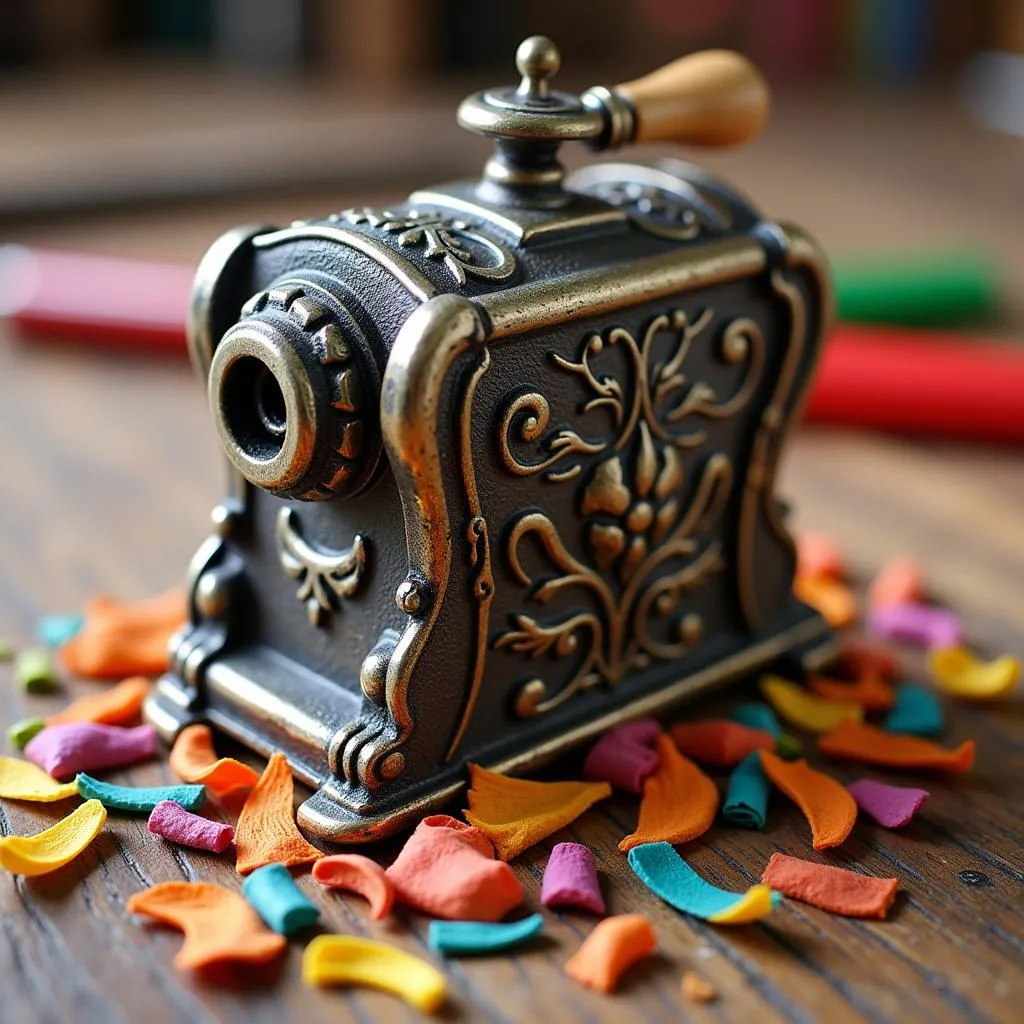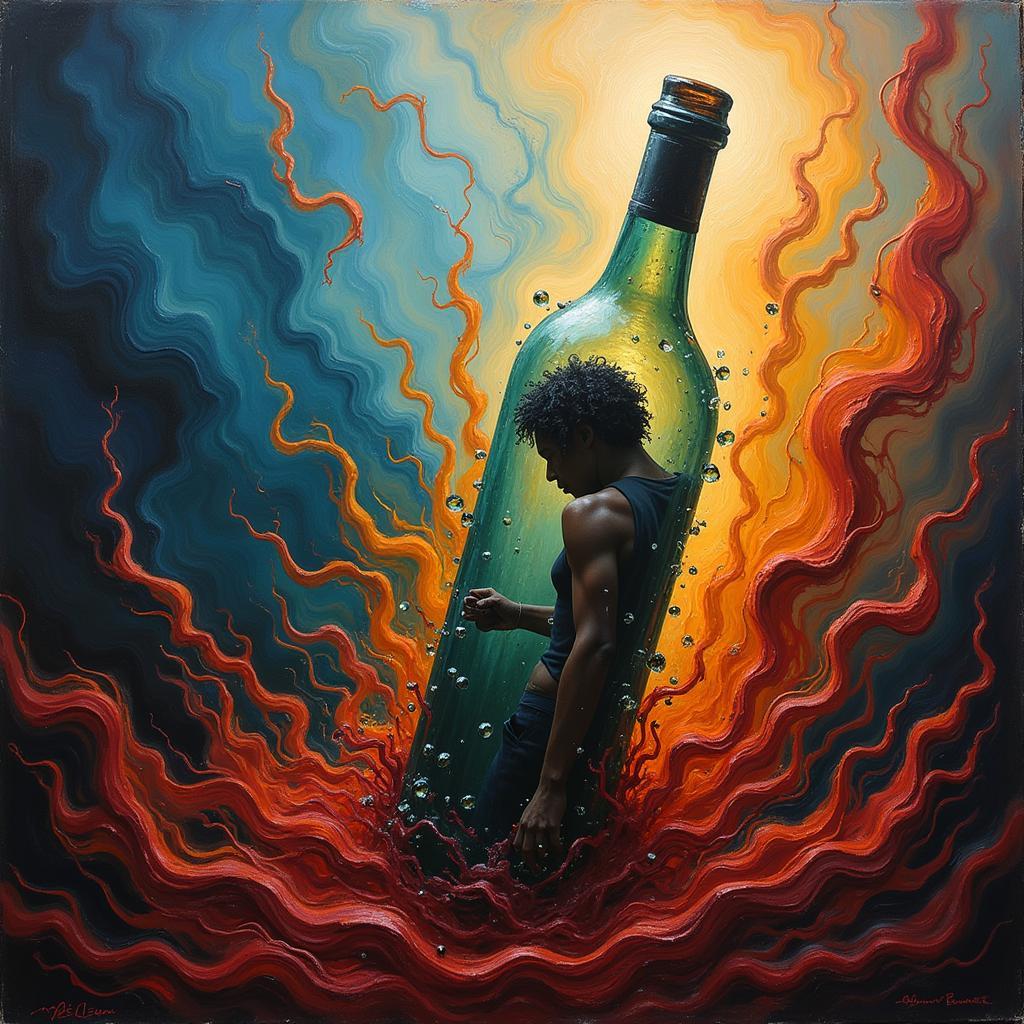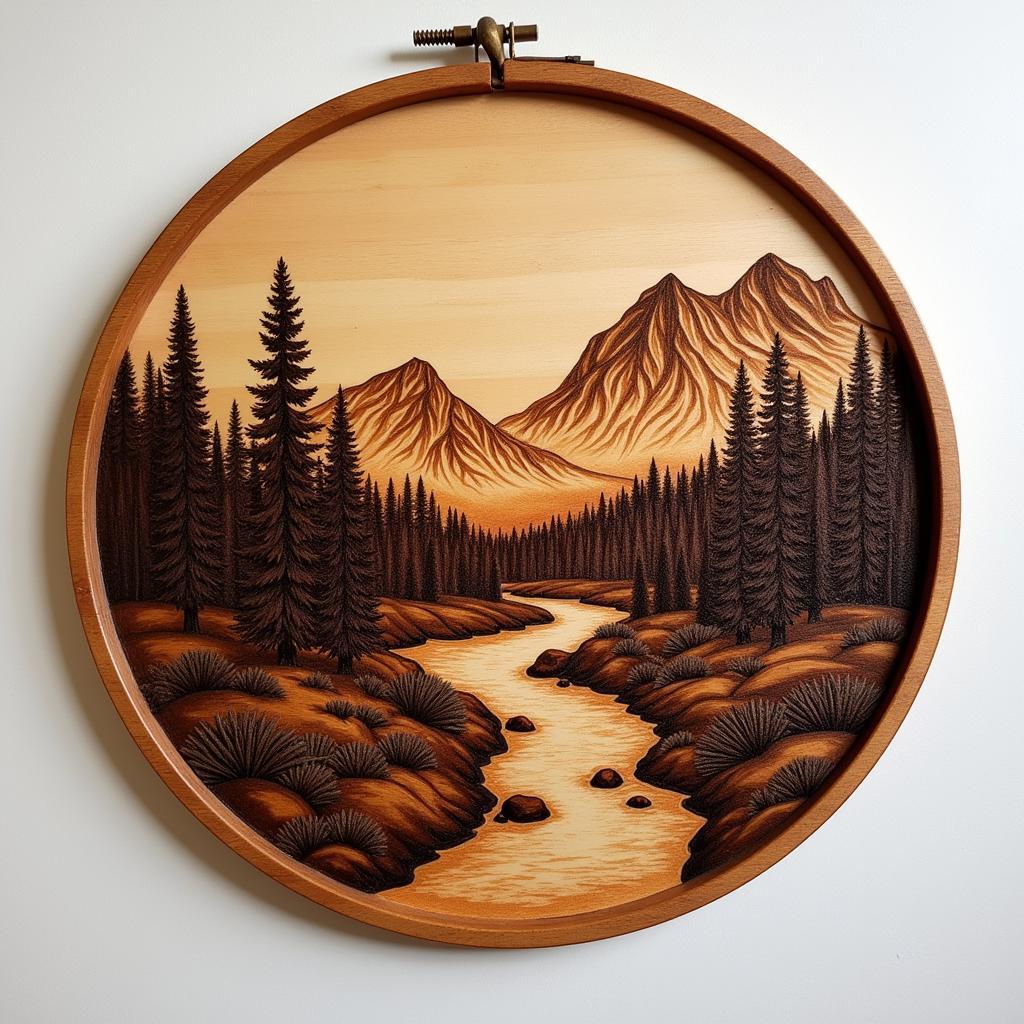Exploring the Dark and Controversial World of Executioner Art
The term “Executioner Art” might initially evoke unsettling images, and understandably so. It speaks to a fascinating, albeit unsettling, intersection of art and history, where depictions of executions and those who carried them out intertwine. While it’s a subject rarely explored in mainstream art history, understanding executioner art requires delving into its historical context, symbolism, and the complex societal attitudes it reflects.
A Glimpse into the Past: Origins and Evolution of Executioner Art
Executioner art finds its roots in the late Middle Ages and early modern period, a time when capital punishment was a public spectacle and the figure of the executioner, a blend of fear and fascination. Unlike the romanticized portrayals of knights or royalty, executioners occupied a paradoxical social standing—necessary yet reviled, powerful yet ostracized.
Early examples of executioner art often appeared in woodcuts and broadsides, crudely illustrating execution scenes or depicting executioners with their tools of the trade—swords, axes, or gallows. These images served not just as gruesome entertainment but also as stark reminders of the law’s power and the consequences of transgression.
Beyond the Gruesome: Symbolism and Interpretation
While the visceral nature of executioner art is undeniable, reducing it to mere shock value would be a disservice. Look closer, and you’ll find a complex tapestry of symbolism woven throughout these works. The executioner, often depicted in black or holding a hourglass, becomes a symbol of death and the inevitability of time. The condemned, on the other hand, can represent societal anxieties, religious persecution, or the struggle for power.
Consider, for example, the numerous depictions of Saint John the Baptist’s execution. While gruesome, these works were not intended to simply shock. Instead, they served as powerful reminders of faith and martyrdom, elevating John the Baptist to a symbol of unwavering conviction in the face of death.
The Executioner as Artist: A Contradictory Notion?
Adding another layer of complexity to the subject is the concept of executioners as artists themselves. History offers intriguing, albeit controversial, examples like the 16th-century executioner-turned-painter, Frantz Schmidt of Nuremberg. Schmidt’s detailed anatomical drawings, while morbid to modern sensibilities, were considered valuable medical resources in their time.
This blurring of lines between executioner and artist raises questions about the nature of art itself. Can an act considered brutal and inhumane in one context be considered artistic in another? Does the historical and social context of the creator influence how we perceive their work?
Collecting and Exhibiting Executioner Art: A Sensitive Issue
Today, executioner art remains a niche area of interest, often confined to private collections or specialized museums. The sensitive and potentially offensive nature of these pieces necessitates careful consideration when it comes to their display and interpretation.
Should museums exhibit executioner art? If so, how can they do so responsibly, providing historical context and encouraging critical reflection rather than sensationalizing violence? These are questions with no easy answers, prompting ongoing dialogue about the role of art in confronting difficult historical truths.
A Final Word: Executioner Art as a Reflection of Ourselves
Executioner art, while undeniably unsettling, offers a unique lens through which to examine our complex relationship with death, justice, and the darker aspects of human history. It serves as a reminder that art is not always meant to be beautiful or comforting; sometimes, it challenges, provokes, and forces us to confront the uncomfortable realities of our past.
By exploring executioner art, we engage in a dialogue not just with the past but also with the present, prompting reflection on how societal attitudes towards justice, punishment, and the representation of violence have evolved over time. It serves as a stark reminder that art, in all its forms, holds the power to reflect and shape our understanding of the world around us.




